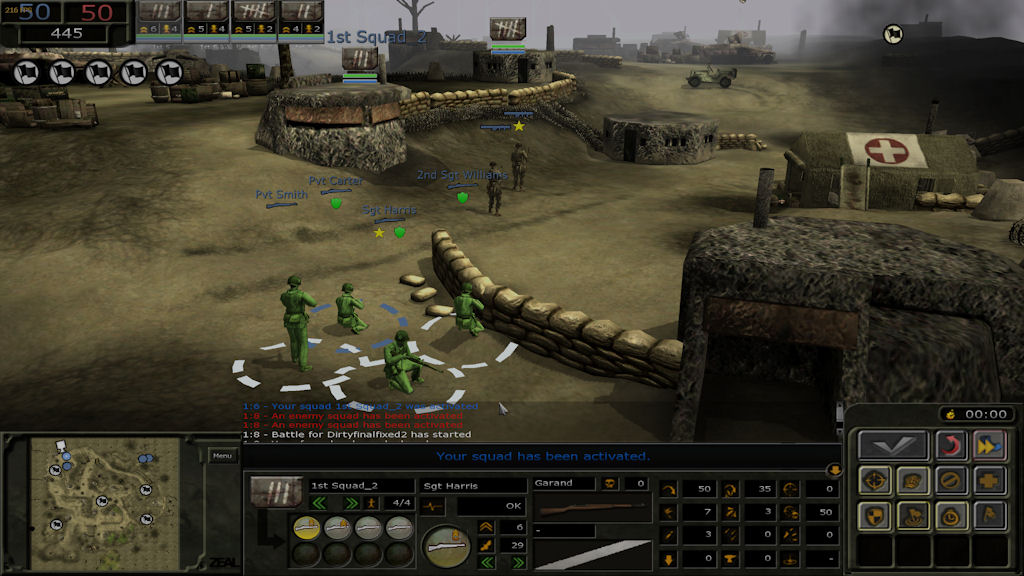
The small groups are then reassembled into the plenary session to present their position to the entire group, including the wargame sponsor, who is hoping to gain insight into adversary actions and develop planning to anticipate or react to these future potential events. The players, divided into their cells, are then given a specific scenario (The basing of major ground forces and missile defense facilities in new areas) to which they will go into small group discussion and determine what their reaction to such a move by the Russians would be (the Russian group discusses why they would do it and propose a possible Russian strategy). The wargame begins with an introduction brief laying out a scenario in the near future where Russia is constructing military/research facilities in the Arctic and seems to be threatening to occupy territory to secure energy resources. government, EUCOM / NORTHCOM, Russia, Canada, the Scandinavian countries, and NATO and are populated by a mix of players from each of the source groups. Participants are assembled based on regional or topical expertise from academia, think tanks, government and private sector to participate as role players in several cells. Example: A seminar wargame is conducted to discuss the threat of Russian occupation of Arctic territory. In this type, topical experts are assembled and presented with the problem scenario and participate in a facilitated discussion. Aside from simulations and planning analysis, there are two other broad categories of wargames used as strategic decision-making exercises (though others may exist as well). To achieve strategic decision-making exercises objectives, the design team may use any combination of tools including argumentation, map, game pieces/tokens, or adjudicated discussion. From these inputs, a wargame design team can determine the scope, type, mechanics, and outputs required of the wargame. Those are objective, scenario, data, model, rules, players and analysis. In any wargame, there are several broad requirements.

Peter Perla, a recognized authority on defense-related wargaming and author of The Art of Wargaming: A Guide for Professionals and Hobbyists, defines wargames as, “a warfare model or simulation that does not involve the operation of actual forces, and in which the flow of events is shaped by decisions made by a human player or players.” While this includes the type of wargaming conducted in planning, it also applies to a variety of other wargames and simulations available to planners and analysts to solve or inform military problems that are limited only by the capability of the wargame design team.

What this essay aims to do is introduce to planners and analysts the broader concept of wargaming while highlighting the utility of these alternate methods in planning and supporting military leaders. These games are applicable to strategic planning, but are generally limited to academic (including military) institutions or small cells in strategic organizations due to the specialization required to construct and run such games.

Strategic decision making exercises can be described broadly (though not exclusively) as wargames, either seminar or matrix, which leverage gaming tools such as dice, cards, or boards and tokens to facilitate the process. A close second to "planning" wargames are exercises conducted at the tactical and operational level, often also called by the same name. However, both these fail to consider strategic decision making exercises. Wargaming in most Department of Defense contexts consists of the action-reaction-counteraction of the Joint Operations Planning Process and is usually the first thing that comes to mind when this tool is mentioned.


 0 kommentar(er)
0 kommentar(er)
